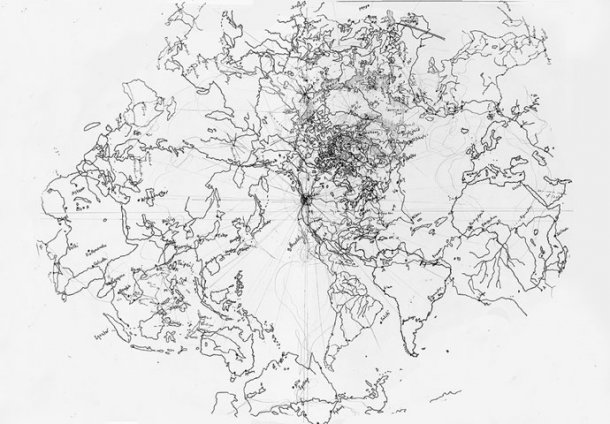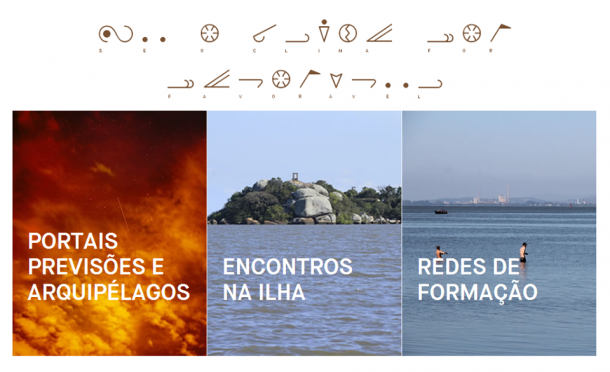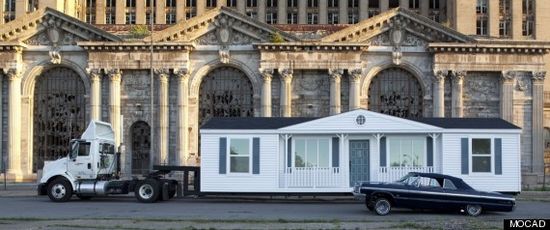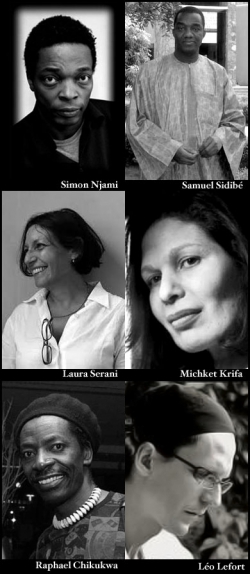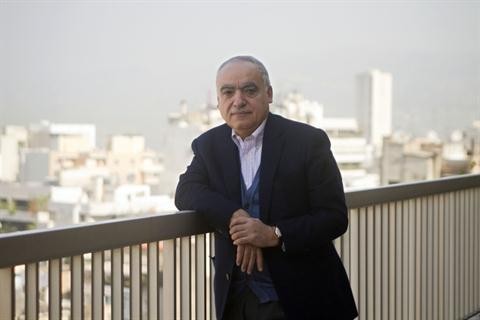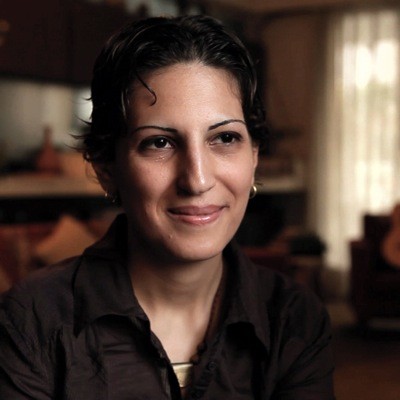Pascale Marthine Tayou em entrevista
Published9 Apr 2015
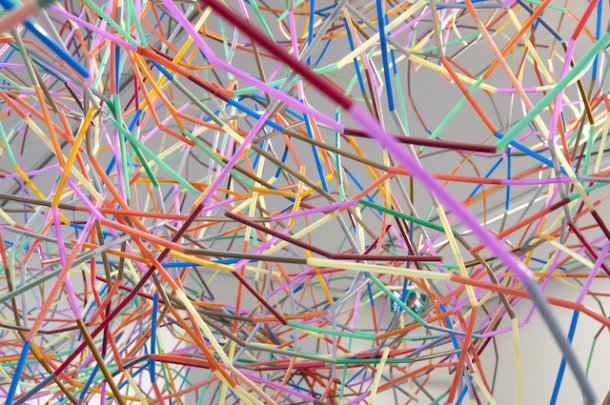
Pascale Marthine Tayou, artista camaronês, cujo trabalho de instalações combina objectos encontrados e um jogo de brincadeira com a sua função original, expõe agora em Londres, onde se pode ver "Boomerang", nas Serpentine Galleries. Em entrevista ao site Contemporary and fala do seu percurso, inspiração e de como a arte pode ter um papel na História, a partir da reflexão sobre as intervenções artísticas em Berlim a propósito d0 130º aniversário da Conferência de Berlim.
C&:The 130th anniversary of the Berlin Conference was commemorated by a number of artistic interventions, especially in Berlin.How do you view these types of interventions in relation to that moment in history whose repercussions are still felt in our contemporary realities?
Pascale Marthine Tayou: These are important events. You have to take a look at the attitude of the people doing the interventions. What they propose to us represents the world of today and could anticipate the world of tomorrow. The projects are tied to history. Which brings me to the next question: how am I participating in the history of tomorrow?
C&: What are your sources of inspiration? What drives your work?
PMT: I was born just after Independence. You have a life, grow up, go to school. There are your parents’ dreams and the things that they hope for, and over time you become aware of your surroundings. You take a physical, a spiritual journey. So my situation is also very tied into my interventions. What are my sources? Everyday life, all the things we have, like visual or sensory information. Those are encounters. That’s what establishes our needs and our boundaries.
A entrevista completa, aqui

